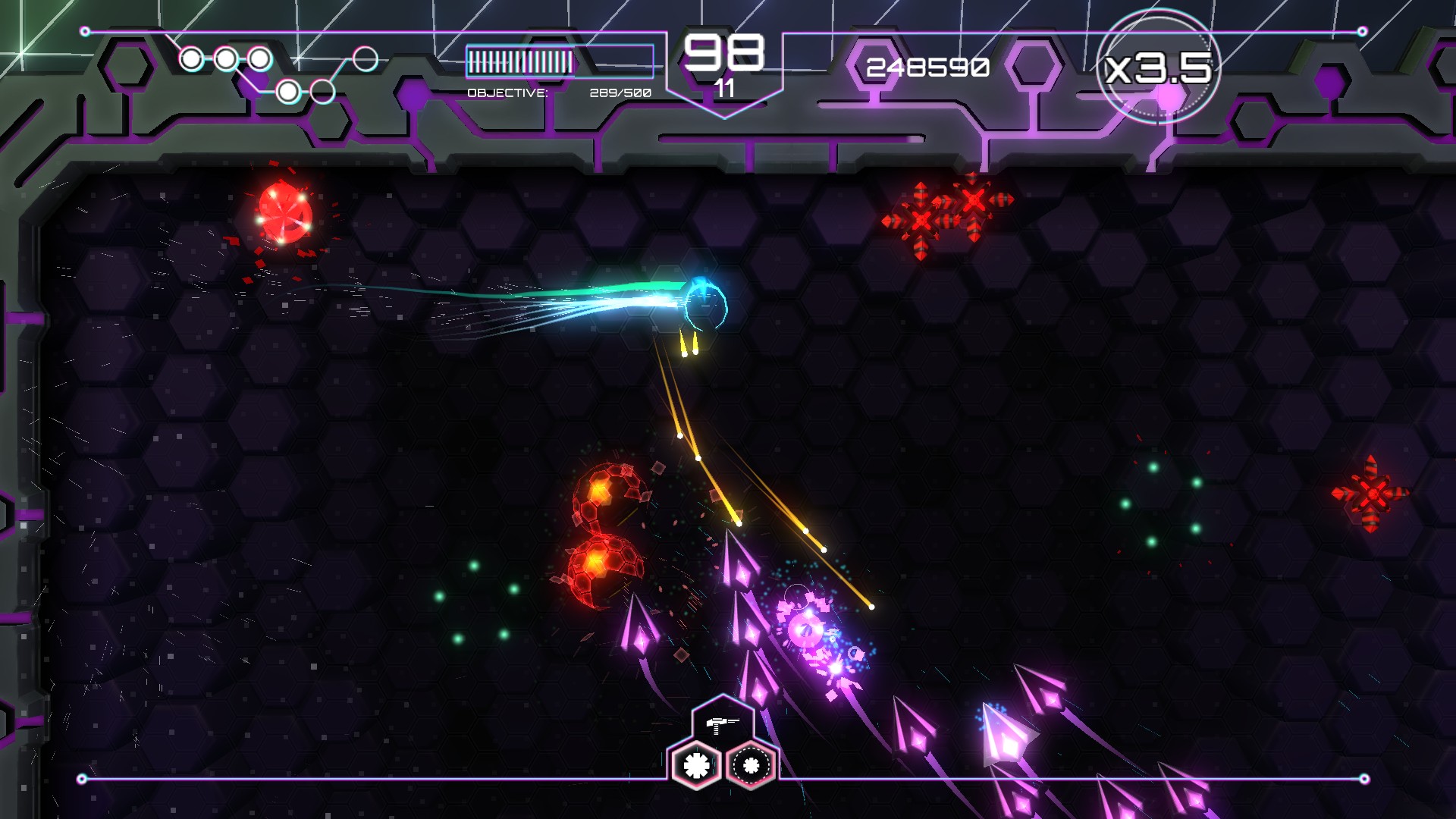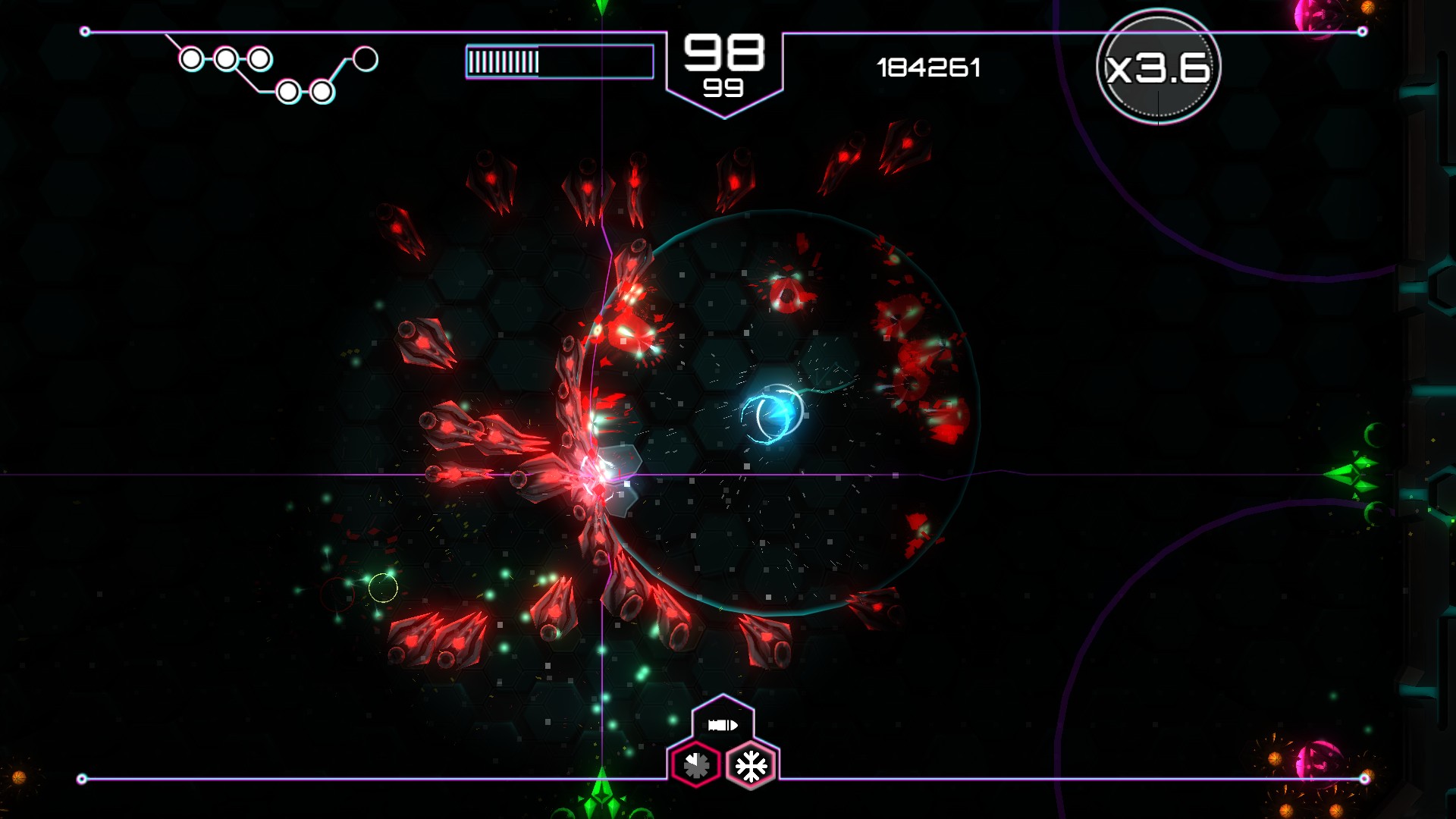
It’s 2018. Let me repeat that for anyone in their 30s. It’s 2018, which means the pivotal year 2000 came and went over 18 years ago. We blew into the new millenium so fast that no one seems to notice or care that we’re about to re-enter the 20s, and I, for one, cannot wait for sock hops, malted milkshakes and potentially another Great Depression. But that particular outcome doesn’t seem as likely (ok, maybe a Depression) because we have the advent of technology on our side. Computers, smartphones and technology in general has become this amazing colossus of evolutionary design, upping our game in all areas (productivity, leisure, transportation) with almost every passing year. Cyber security has become something so familiar that everyone around the world should, in some facet, be taking classes about how to better protect your digital assets. Yet, in spite of all the information and knowledge out there, everyone, young and old, continues to give this weirdly aloof and almost mystical lifeforce to the term “hacker.” And no one paints a more grandiose picture of what is literally some nerd sitting at a terminal display for hours than the media. So, good news 2600 fans, we got another hacking video game.
Tachyon Project is the story of Ada, a sentient piece of software that was designed by two incredibly stereotypical “hackers” to test the security and break into some of the toughest servers around the Internet, lifting information and goods before disappearing to “an untraceable part of the ‘Net.” It’s best not to think too much about the implications of literally everything that gets said because it will pull you out of the gameplay itself, which is really decent, but my God the story and plot points were not my favorite. Anyways, Ada gets separated from the creators during a hack that suddenly goes wildly off script, and it needs to find its way home while also unraveling the truth about why it was created and what could be happening. Hint: you don’t hack into multiple government servers without pissing off the wrong people. And seriously, the first level was the mayor’s office because it had the weakest security? C’mon.

Anyways, Tachyon Project uses the concept of twin stick shooting in order to deliver the story line, and this is much more in vein with the Geometry Wars style of approach than anything else. Ada is a gorgeous light ship against a black background, and all the security protocols that are set to keep it out from the servers come in the form of different colors and shapes. Unlike Geometry Wars, there’s a lot of distinction between the different types of ships that you have to deal with, and, interestingly enough, I never got any of them confused. You end up with four different types of enemies just by the end of the first hack, and then you get about four new ones by the end of the second. When you reach the final stage prior to a very interesting boss fight, there’s like twenty or thirty different kinds of ships that may potentially spawn, and you gotta be ready for anything. Sure, there’s simple little things like red triangles that fly at you or purple triangles that fly faster, but then you get the really wild variety. The bulls that charge you full speed. The twisting snakes that take far too many bullets to kill. The crawling yellow sparks that make electrical barriers you can’t pass through. And, my personal hell, the white vortexes which I hate to the moon and back. They’re all quite different and require separate strategies.
Thankfully, Ada is no slouch. Your first gun that you get has a pretty decent fire rate and spread, and Ada is nimble and darts around pretty quickly. The 360 degree aiming comes in handy, and anyone who’s done a twin stick shooter should be able to get past the first level with no fatalities and maybe even no damage. Destroying enemies allows you to pick up combo multipliers and energy that charges up your unlockables, which can be switched between levels. You’ll have your choice of other primary guns as well as “special attacks.” Unlockable primary weapons all have their perks, but I preferred the first gun I had: call me old fashioned, but it felt incredibly comfortable and accurate and did more for me than the others. The specials are necessary to survive in many, many cases, but we’ll get to that in a moment. You also unlock the choice to change up your passive abilities on the ship, which allows for Ada to be customized to better suit your own strengths. Things like a faster ship, stronger shots or a more rapid special recovery are all possible, but you can only decide two at a time, and you automatically start with “more health” activated. This means, in order to power yourself up initially, you need to sacrifice some of your inherent health. Very sneaky, Eclipse Games, well played.

The biggest issue that many people are going to run into is how drastically, painfully unfair the game can be, and I say that with some real sincerity. We expect the game to be pretty intense, because, hey, it’s a spawning twin stick shooter, you gotta be ready. The problem is, in Tachyon Project, the stages are pretty cramped and dark, but the enemies also can spawn rapidly in said darkness. You don’t have much, if any, indication as to where things are spawning, and you rarely have more than a split second to process what’s coming at you. If you’re being bore down upon by shield guards (who can only be shot in the back) and then you suddenly have a wall of mines pop up behind you, pray your special is recharged or you’re gonna die. Most waves tell you what enemies you’ll be fighting next (or at least the target enemies to deal with) but the survival waves simply tell you how long to not explode and then turn everything loose on you. It’s a goddamn nightmare in some cases, so I’m grateful that, after getting hit to death, I can respawn at the start of the wave, not the whole damn level.
Additionally, you don’t have to go at it alone. Tachyon Project allows, at least on the Switch, for up to four players to tag in and deal with a single stage, and it’s pretty awesome when you get everything up and running in a massive session like that. It’s possible to play Tachyon Project with a single Joycon, but that means using the buttons as a joystick, which…I hate doing. It was painful and I didn’t think I was able to shift directions as well as I wanted to (again, totally plausible, not knocking the folk who like it, but I didn’t). Have a spare on hand for visiting players, or, do what I do and just use a SN 30 PRO and make your friends use the JoyCons. Shameless plug, I love this controller, and you should too.
Combine the really solid shooting with clean graphics and a surprisingly driving soundtrack that distorts and slows every time you get hit, and Tachyon Project comes out as a really excellent twin stick from start to finish. Yes, it ends pretty quickly in the story playtime, but you can always go and take a run at Story Mode Plus (a seriously difficult setup, only recommended for fanatics). If you just wanna build up your skill, dive into the challenges and try your best at endless waves, stealth mode and more. I recommend the claustrophobic challenge, because it’s a big twitch reflex setup that was a blast. If you’re looking to blow up some stuff, question the humanity of software and dig some pretty colors, then Tachyon Project is definitely the game for you. If you’re interested in hacking, give up the aspirations of fingerless gloves and shade and dedicate your time to learning Unix; might I suggest Hacknet?
REVIEW CODE: A complimentary Nintendo Switch code was provided to Bonus Stage for this review. Please send all review code enquiries to press@4gn.co.uk.
Subscribe to our mailing list
Get the latest game reviews, news, features, and more straight to your inbox
Thank you for subscribing to Bonus Stage.
Something went wrong.
Tachyon Project Review
-
Gameplay - 8/10
8/10
-
Graphics - 8/10
8/10
-
Sound - 8/10
8/10
-
Replay Value - 8/10
8/10
User Review
( votes)Overall
Summary
When you give your software sentience and then set it out to seek answers, it’s going to bring back questions that you’d rather not answer.





